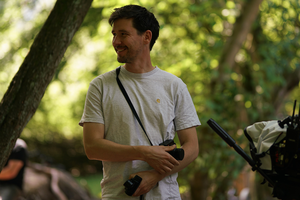Interview with Grimm Vandekerckhove, winner of the 2024 Robby Müller Award
What was your reaction to receiving this award ?
Grimm Vandekerckhove : It was a complete surprise ! It’s true that non-competitive awards are usually reserved for filmmakers who have a lot of experience and a long filmography under their belts. This is something completely different. It’s not really the end of something but rather the feeling of finding myself at a crossroads, at the start of a new path… It feels a bit like a friendly tap on the shoulder to encourage me to keep at it, especially in relation to the choices I have made up to the present in my career. You know, choosing to work on one project over another is sometimes quite complicated. At a time when platforms are producing like crazy, and there are many alluring opportunities that come up, it is sometimes easy to take a quicker road. But I have always tried, ever since I started in this profession, to place a personal connection with the project at the center of my decision-making process, as well as my relationship with the director. This is also a way of affirming my relationship to cinema and what I enjoy watching in theaters. Definitely not the easiest path, and that’s why receiving this award is particularly heartwarming.
Is Robby Müller important to you ?
GV : Of course, Robby Müller was one of my early role models from the time I was in school training as a filmmaker. Indeed, before you know about how a film is made, and before you know what a cinematographer is, there are films that appeal to you and only later you discover the names of the people who were behind those images. So, of course, Robby Müller, but also filmmakers like Harris Savides and Bruno Nuytten. That’s when you start to make visual connections between the films, the images and all of the visual signatures that appeal to you.
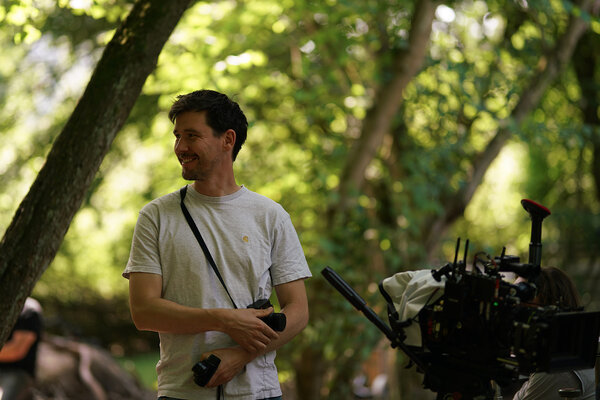
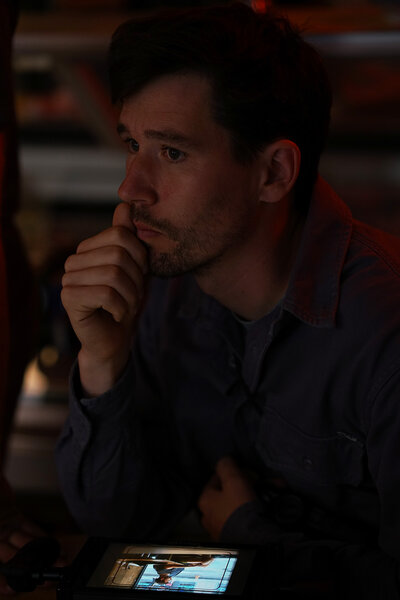
You were talking about the importance of choosing projects, so what is it that tips the scales for you ?
GV : The process is highly variable. Sometimes, I read the script, and I don’t really feel convinced. And then I’ll meet the director and suddenly he makes me want to make the film.
With Bas, for example, his scenarios are very short in length. They usually are less than the standard 90 pages. I can easily find myself with a document of 20-40 pages maximum at the start of shooting. But those scripts have so much feeling and poetry that appeals to me and allows me to project myself into the film.
So much so that I recognize myself so much in his writing style ! And then, Here is our second feature together, even almost our third, because I had already worked on his first film, Violet, for a few retakes.
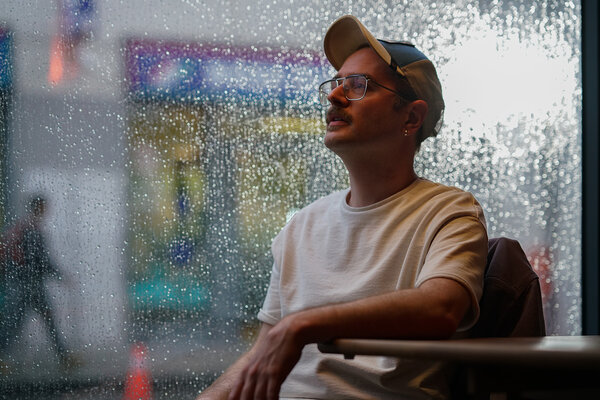
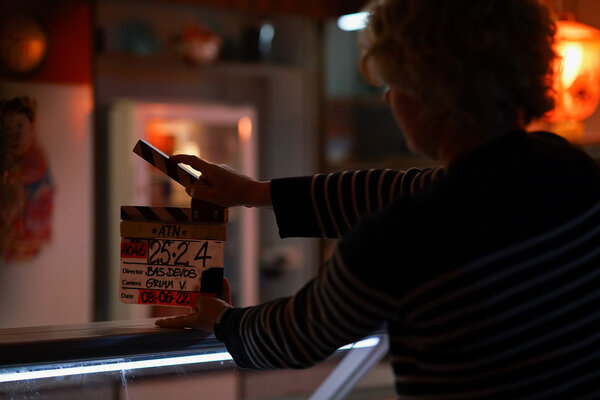
One thing that is clear about Bas Devos’ films is that they take their time…
GV : There is clearly a relationship between cinema and time. For Bas, the way he cuts his films is based on the gaze. A different gaze, an original gaze on what is happening in front of the camera.
An example is that it isn’t uncommon to start with a long take, and generally two to three shots maximum are enough to make a scene. That is a very different approach from contemporary cinema, Hollywood cinema, with a multiplication of shots and angles that rather contributes to hiding things with the editor’s help. Trying to get away from that type of effect, if as a viewer you’re open to that sort of thing, is something that I believe helps you to get even more immersed in the plot. That also helps you to look at what you’re being shown in a different way, and to go look for small things in the image by yourself, rather than being automatically guided by the way the film is cut. Of course, that depends on the project, and even on the energy within a shot can be very different from one film to another.
Some cinematographers, such as Bruno Delbonnel, AFC, ASC, often argue that there is analogy between cinematography and musical composition for a film… Is cinema, at bottom, just a question of rhythm ?
GV : As a cinematographer, you can’t bear the sole responsibility for the rhythm of a film. Of course, editing is the most important factor. Of course, you can push things in a certain direction during shooting, such as by limiting the number of shots on each scene, but there is always an element of surprise, and things that you didn’t really plan for appear in postproduction.
And it’s really great to be surprised ! To see things suddenly coming together in a totally different way from how you might have initially conceived or imagined. That is truly the particularity of working in the cinema where you are working as a part of a team. Any prize that is awarded for cinematography should be shared with the director, the composer, the actors, and all of the technicians. I know that it’s a bit cliché to repeat it, but it’s so true. Nothing is ever 100% planned beforehand on a film, and it’s the successive contributions of each person that makes up a work’s success.
Here is also a film that gives a lot of space to the locations and the characters… Are you a director of photography who prefers to film the locations or the actors ?
GV : The subject of the film is the relationship of the characters with the city and with nature, and therefore it makes it necessary for the locations to have a great deal of importance on screen. If you take the opening scene, with its very long takes on the construction site, for example, it’s clear that you have to wait for a long time before you discover the characters. Later, the appearance of nature, with the character of Shuxiu, also becomes a central plot element. But the essence of the film is that of a love story, a very simple story with few dramatic conflicts, and a lot left to poetry and observation. That’s also why, beyond the locations, the temporal situation of each scene also plays an important role. The hospital cafeteria, for example, is closed and you don’t see anyone else except the protagonists in that dialogue scene… In that scene, because we used night, we set a tone but didn’t push things visually. We stayed humble and close to reality. That is exactly what I was describing in the way that you can bear a different gaze on the world. You can allow the viewer time to change his point of view, to settle into each scene, and discover the characters gradually.
It’s that particular relationship between wide shots of the locations and the close-ups on the actors that finally creates the film’s style. So, it’s difficult to choose between the two !
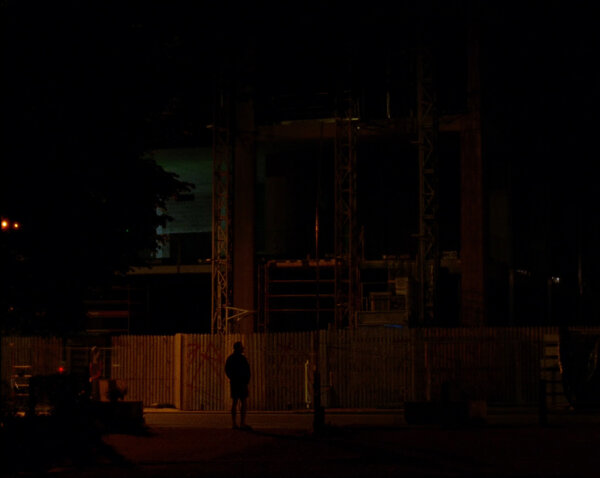


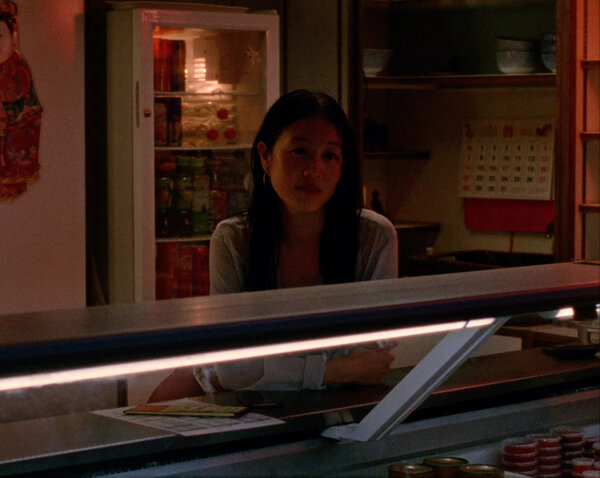
How did you shoot the film ?
GV : The entire film was shot with a Super 16. Even though we did tests with digital cameras, we couldn’t recreate the feel of 16mm in these conditions. Everything suddenly became too real, too hard, and lacking the organic feel of film. It gives an incredible sharpness and softness at the same time to the image, it’s really inimitable. It’s very different from current-day Full Frame in digital, where you completely lose the notion of the background. With a Super 16, the backgrounds remain legible, but they’re softer…
To maintain as much sharpness as possible in this very soft image, I chose to outfit the camera with 35mm Arri Master Prime lenses. Using vintage Super 16 lenses seemed to degrade the focus too much and create an overly stylized effect. Lastly, the aspect ratio (a slightly-more-square 4:3) was decided on based on the close-ups, because it left less air to the right and left of the actors and concentrated the image on their faces. I feel like with this format, you stay intimate without having to get too close to them. And against all expectations, it’s also a format that lends itself very well to wide shots in the city. You have a lot of height ; the focus is very generous in the depths with the 16mm and it’s very useful for locations. As you can see, I refuse to take sides between the locations and the faces !
In the middle of the film, the two main characters finally meet… It’s a very important scene that takes place after nightfall, in a Chinese takeaway restaurant.
GV : The challenge for that moment was finding the right distance to align the shots, given that, once again, the entire scene was comprised of three shots. This is the meeting between two characters, there is a certain amount of shyness between the two, who are strangers to one another at that point in the story. The counter where the dishes are stacked plays an important role by imposing a distance and a natural obstacle to their first meeting. You’ll also note that it’s one of the first shot-reverse-shots in the film, because Bas hates that very classical form of editing ! Yet, at that point in the film, the shot-reverse-shot seemed to us to fit the tone and the simplicity of the scene. Yet, there is no other value than those two shots, there is no close up, for example. The idea was just to show that a relationship can begin in this rather borrowed exchange. But we didn’t want to underline anything visually.
And the rain beating down on the shop window…
GV : Yes, that was another challenge. The rain is at the heart of the scene, since it is what brings the two rain-soaked characters together. But recreating rain on such a low-budget project was really an artistic decision by the producers. If I remember correctly, we started with the wide shot outdoors to take advantage of the evening light with the rain machine. Then, we cut to the angle on him, with the window. The most difficult thing was to find the right light balance between inside and outside, with the nightfall, and the artificial rain. Lastly, we shot her, with the window to the kitchen in the background where her aunt is working.
What did you learn making this film ?
GV : Of course, you learn a lot on each film, but I realize that I have a hard time putting what I’ve learnt into practice on the next project because of the amount of time that goes by between projects, and I end up forgetting ! The only thing I can tell you, and that I remember perfectly about Here, is that at the end of the first week of shooting, the camera’s video feedback broke. So, we had to take it apart and send it to be repaired, but it took two weeks before we could get it back. So, during that time, we shot like in the old days, without video feedback. I remember that each person had to come look through the viewfinder to see the shot… It was really incredible, and I would even say, for the first week, almost a pleasure. And then afterwards, I must admit we were all anxious to have the feedback again ! That makes you think about the way that the relationships in the camera crew have changed over all those years…
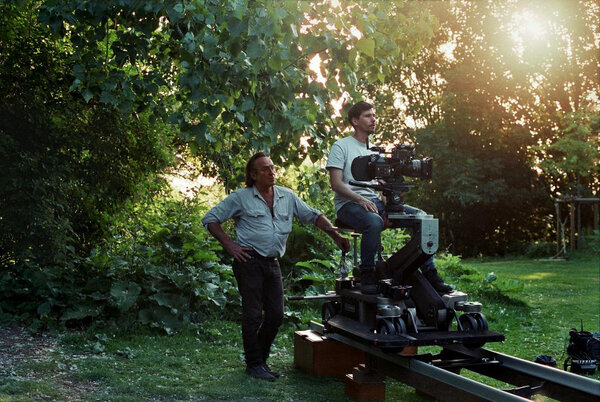
(Interview by François Reumont for the AFC, translated from French by A. Baron-Raiffe)
 En
En Fr
Fr
